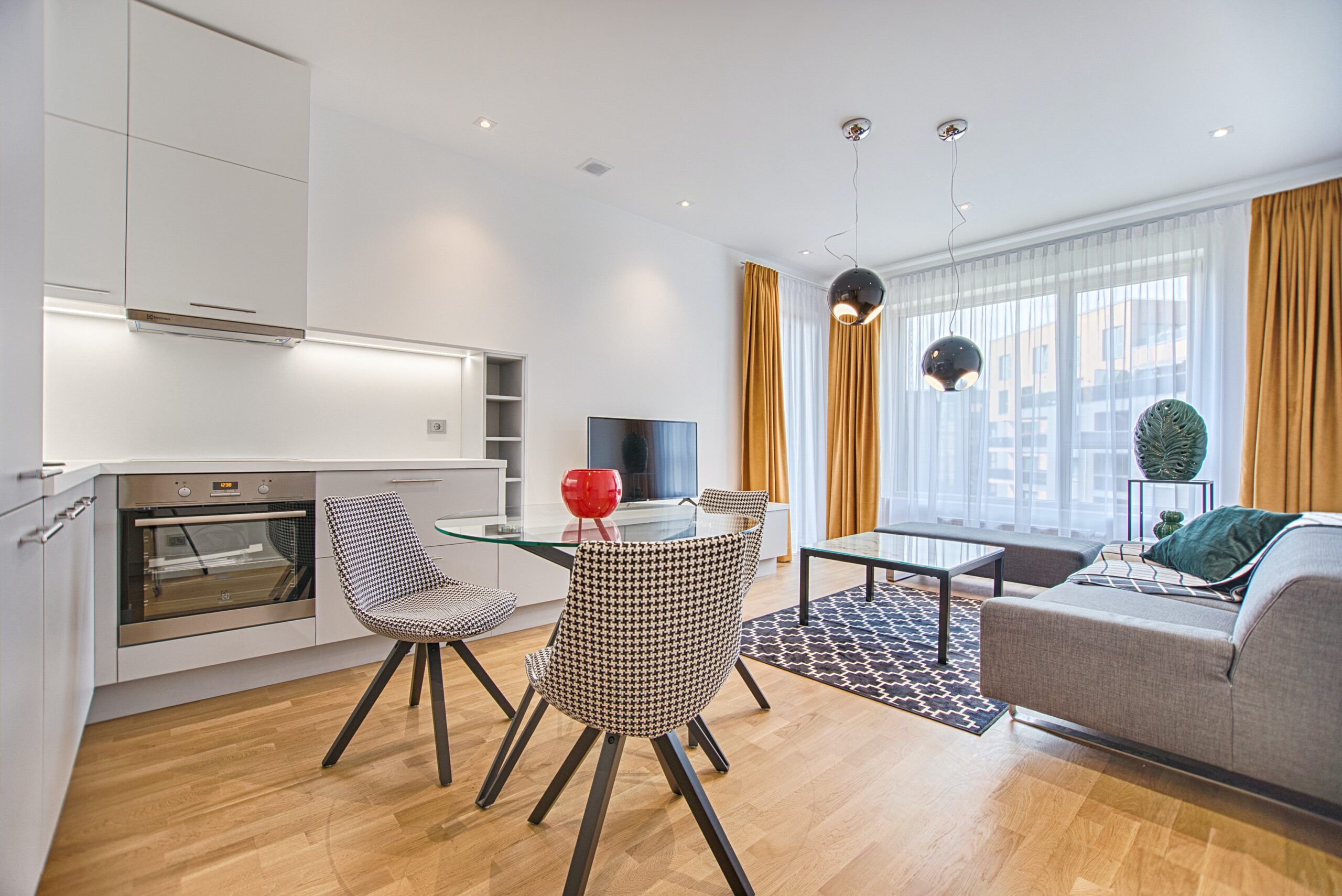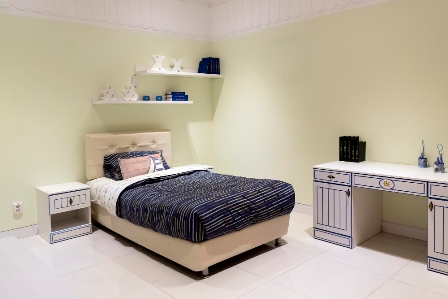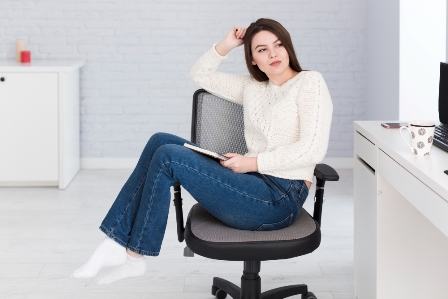Living rooms have been a staple in homes since the dawn of time, providing a place to gather, relax and entertain friends and family. Over time, the design of living rooms has evolved to meet the needs of changing lifestyles and cultures. From the grandiose drawing rooms of 19th century Europe to the modern day open-plan loft-style spaces, here is the ultimate guide to living rooms and how they have changed over time.
Early Living Rooms In early European homes, living rooms were typically the grandest room in the house and served as a reception area for entertaining guests. These rooms were typically decorated with ornate furniture, luxurious fabrics, and grand fireplaces. Large windows provided natural light and views of the surrounding landscape. These rooms were often used for formal gatherings such as dinner parties, musical performances, and other special occasions.
Victorian Living Rooms During the Victorian era, living rooms became much more formal and ornate. It was common to have wallpaper, elaborate draperies, and chandeliers. The furniture was usually ornately carved and upholstered in luxurious fabrics. These living rooms were used to entertain guests and show off the family’s wealth and status.
Modern Living Rooms In the early 20th century, living rooms began to take on a more casual and comfortable atmosphere. Furniture such as sofas, armchairs and coffee tables became popular and the walls were often painted in bright and airy colors. These rooms were used for informal gatherings and for relaxing with family and friends. Contemporary Living Rooms Today, living rooms have become even more relaxed and informal.
They are often designed with an open-plan layout to create a sense of spaciousness. Furniture is usually simple and streamlined, with natural materials like wood and leather dominating. Technology also plays an important role in modern living rooms, with many homes featuring a home theater system and a large flat-screen television.
No matter what era you live in, living rooms will always be the heart of the home. They provide a space for gathering, entertaining, and relaxing with family and friends. As lifestyles and cultures have evolved, so has the design of living rooms. From the grand reception rooms of the past to the modern open-plan spaces of today, the living room has gone through many changes over the years.
How Do People Live in a Living Room?
People can live in a living room in several ways. It can be used as a home office, a place to relax, a playroom for children, an entertainment area, or a place to spend time with family and friends. Furniture such as couches, chairs, tables, and storage pieces can be arranged to create different living spaces within the living room. People can also use rugs, curtains, and artwork to create a cozy and inviting atmosphere.
The Evolution of Living Rooms in the 2000’s into Today
Living rooms have come a long way in the past decade. In the early 2020’s, living rooms were filled with bulky furniture and dark colors. Technology was integrated into the living room, but it was limited to large, boxy entertainment systems.
Fast forward to today, and the living room has become a tech-savvy hub of connected devices, streaming content, and voice-controlled smart home features. The furniture and decor has also changed drastically. Traditional leather couches, bulky entertainment centers, and dark colors have been replaced with sleek, modern pieces and bright colors.
Technology has also become a major part of the living room aesthetic, with everything from wall-mounted TVs to soundbars and gaming consoles. Finally, the purpose of the living room has also changed. Now it is a place for entertaining guests, as well as a family-friendly space for relaxing and playing. Technology, such as smart lighting and sound systems, has allowed for a more immersive experience in the living room, from watching movies to playing video games.
Overall, living rooms have come a long way in the past decade and will continue to evolve in the coming years. Technology, furniture, and purpose of the living room are all likely to shift and change as the years go by.
How Living Rooms have Evolved Over One Single Generation
Living rooms have changed drastically over one single generation. In the past, living rooms were typically used for formal sitting and entertaining guests. They were often decorated with dark furniture and heavy drapery, and family members rarely spent any leisure time in them.
Today, living rooms are much more casual and serve as the hub of a home. They are often the main gathering place for family members, friends, and even pets. Furniture is generally lighter and more comfortable, and technology is often featured prominently.
Living rooms now often feature a large television, video game consoles, and other entertainment devices. Home theaters, surround sound systems, and gaming chairs have become commonplace in living rooms. Additionally, living rooms now often include features such as built-in bookshelves, art displays, and comfortable seating areas. Living rooms have become much more than just a place to entertain guests.
They are now the perfect spot for families to relax, watch movies, play games, and spend quality time together. As technology and modern design continue to evolve, it is likely that the living room will continue to develop and become even more diverse and functional.
The Most Common Way to Renovate a Living Room
1. Paint the walls: A fresh coat of paint is one of the most cost-effective and quickest ways to update a living room. Choose a new color that reflects your style and brightens up the room.
2. Change the lighting: Swapping out old lighting fixtures for something more modern can make a huge difference in the look and feel of your living room.
3. Rearrange furniture: If you’re on a budget, rearranging the furniture in your living room can create a whole new feel. Try different layouts and move items around to create a unique look.
4. Update window treatments: Updating the window treatments can add color and texture to a room while also providing light control and privacy.
5. Add a rug: An area rug can add texture and color to a living room, while also defining seating areas.
6. Add decorative accessories: Decorative accessories like pillows, throws, and wall art can add a personal touch and help pull the look of the room together.
.
Design principles of a living room
1. Create a Focal Point: Choose a standout piece to be the centerpiece of the room like an eye-catching piece of art, a statement light fixture, or an oversized piece of furniture.
2. Balance Different Textures: Use different materials, finishes, and patterns to create visual interest.
3. Incorporate Color: Choose a palette of colors that works well together.
4. Incorporate Functionality: Make sure the items in the room are functional and serve a purpose.
5. Include Seating: Make sure there is ample seating for guests.
6. Add Accessories: Use artwork, rugs, pillows, and other accessories to add texture and personalize the space.
7. Utilize Natural Light: Let in as much natural light as possible to maximize the space.
8. Create Zones: Break up the space into different areas for different activities.
.
Best features of a good living room
.
1. Comfortable Furniture: A good living room should have comfortable and inviting furniture that can accommodate everyone in the room. Choose furniture that fits the space and offers multiple seating options.
2. Appropriate Lighting: Appropriate lighting is essential to creating a warm and inviting atmosphere in a living room. Consider a combination of ambient lighting, task lighting, and accent lighting to brighten the space.
3. Cohesive Color Scheme: A cohesive color scheme helps to tie a living room together and create a unified look. Choose a few colors and use them throughout the room in furniture, accessories, and artwork.
4. Layered Rugs: Layered rugs add warmth and texture to a living room. Choose rugs that fit the overall color scheme and coordinate with the furniture.
5. Statement Pieces: Statement pieces such as a bold piece of artwork or an eye-catching piece of furniture can help to give the room personality and make it stand out.
Conclusion :An overview of a good living room
A good living room should be both inviting and functional. It should have comfortable seating, such as a couch and armchairs, as well as a coffee table, side tables, and plenty of lighting. The walls should be painted in a neutral color to provide a calming atmosphere, and paintings, photographs, or other art can be used to add personality and style.
Carpets, rugs, and throws can be used to add texture and warmth to the space. Finally, a good living room should have plenty of storage for books, magazines, and other items.
FAQ Section :
What is the definition of a living room?
A living room is a room in a home used for relaxing and socializing. It is typically the main room where family members gather to spend time together.
What kind of furniture do you typically find in a living room?
Typically, living rooms contain sofas, chairs, tables, bookshelves, coffee tables, and media consoles.
Why is it important to have a good living room design?
A good living room design is important for creating a comfortable and inviting atmosphere for family and guests. It also creates a sense of visual appeal and can set the tone for the rest of the home. The design should reflect the personality of its occupants and incorporate the right furniture and color schemes to maximize the space. Additionally, a good living room design can help increase the value of a home.
How can you make an area feel more spacious with furniture in a living room ?
1. Choose furniture with slim silhouettes and transparent materials.
2. Use light colors for upholstery and walls.
3. Place furniture away from walls and other obstructions.
4. Replace bulky coffee tables with smaller, round or oval pieces.
5. Hang a large mirror on the wall to reflect light and make the room look bigger.
6. Use glass or Lucite furniture to create an open, airy look.
7. Incorporate plants and other greenery to help open up the space.
8. Choose furniture with raised legs or feet to create a feeling of more space.





